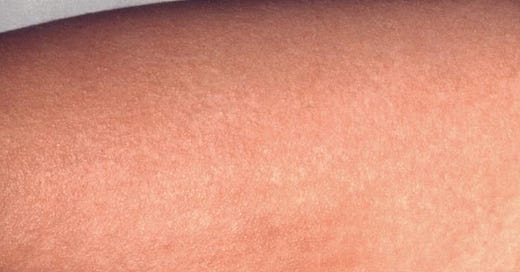The Korea Disease Control and Prevention Agency (KDCA) has reported a 152 percent increase in scarlet fever in 2025 to date.
As of May 24, a total of 3,809 cases were reported, a 2.5-fold increase compared to the same period last year (1,506 cases).
This prompted health officials to request the public to follow scarlet fever prevention guidelines such as hand washing and cough etiquette.
Parents were asked to seek medical attention as soon as possible if they have any suspected symptoms of scarlet fever , and to refrain from sending their children to group facilities such as kindergartens for at least 24 hours after starting antibiotic treatment if they are diagnosed with scarlet fever.
In particular, it emphasized prevention and management in child care facilities such as daycare centers, kindergartens, and schools, as there is a possibility of group outbreaks.
Scarlet fever is an acute febrile disease caused by Group A Streptococcus (Streptococcus pyogenes). It starts with sudden fever, headache, vomiting, abdominal pain, and sore throat, and is characterized by a typical rash appearing 12-48 hours later. It usually occurs mainly in children in winter and spring, and more than 80% of all patients each year are children under 10 years of age.
The Korea Disease Control and Prevention Agency emphasized prevention and management while providing guidance to local governments and frontline medical institutions regarding precautions regarding the increase in scarlet fever occurrence, and plans to continuously monitor the status and characteristics of scarlet fever occurrence.
Director of the Korea Disease Control and Prevention Agency Ji Young-mi said, “For prevention, it is most important for parents and group facilities to follow the prevention and management guidelines. Scarlet fever is a common childhood disease that can be easily treated with antibiotics, so if your child shows symptoms of infection, get treatment quickly.”





